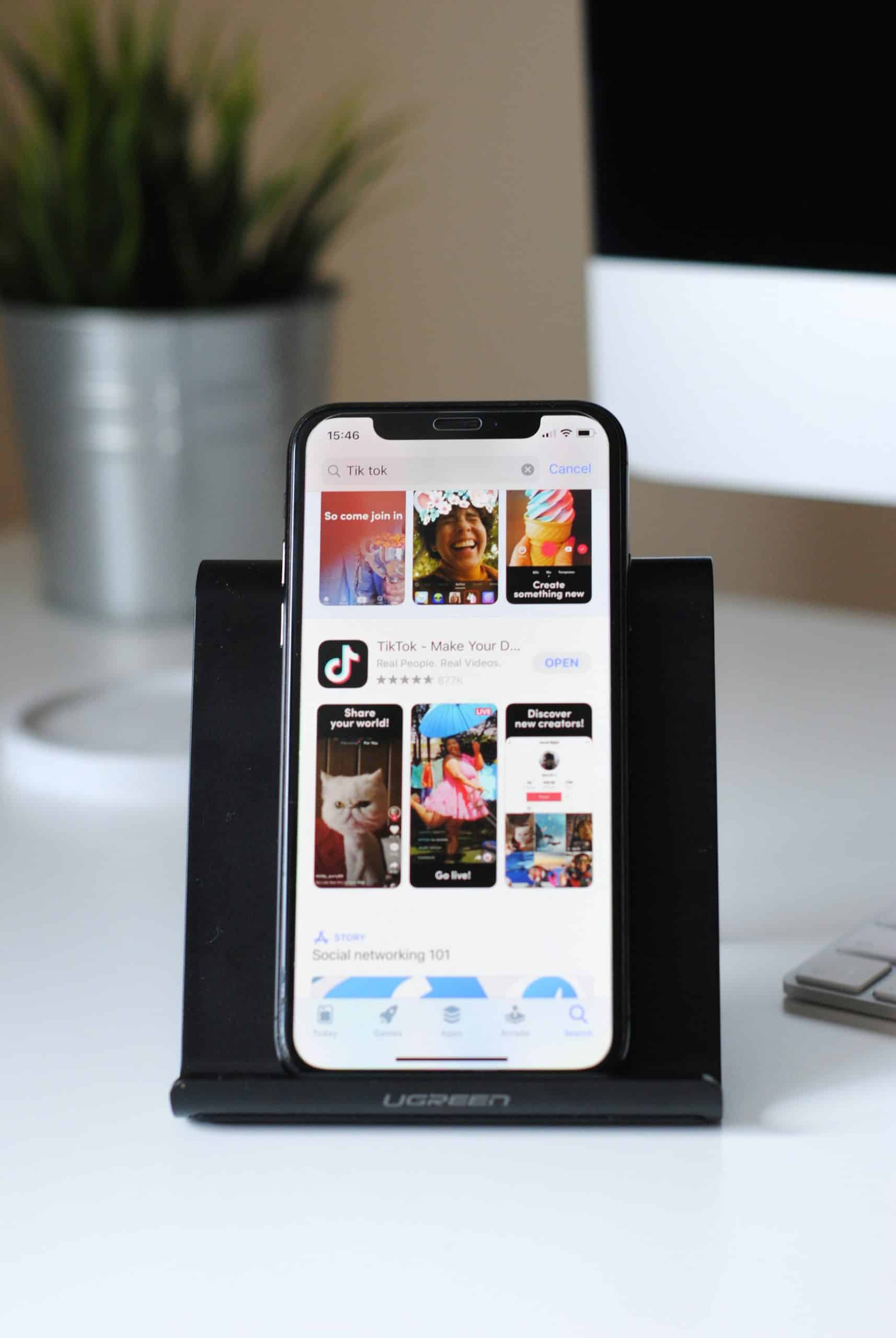In today’s digital age, our mobile phones have become more than just communication devices. They serve as our personal assistants, storage for our most treasured memories, and gateways to our financial and business transactions. With the increasing reliance on mobile devices, the threat of malware has grown exponentially. Hackers are continually developing new ways to compromise our security, making it imperative to employ the best methods to secure your smartphone against malware. This article explores the most effective strategies to safeguard your mobile phone from security threats.
Understanding the Importance of Mobile Security
Mobile security isn’t just a buzzword; it’s a crucial aspect of our daily lives. As we store more sensitive data on our smartphones, such as personal information, bank details, and business emails, the risk of this data being accessed by unauthorized parties increases. Hackers use malware to infiltrate your device, steal your data, and often cause irreparable damage.
A découvrir également : How to Set Up and Manage a Smart Home Security System Using Your Smartphone?
Securing your mobile device begins with understanding the types of threats that exist. Malware can take various forms, such as viruses, spyware, and ransomware. Each type of malware functions differently but has the common goal of compromising your security. By being aware of these threats, you can take proactive measures to protect your device.
Moreover, mobile security breaches can have far-reaching consequences. For businesses, a compromised device can lead to data breaches, financial losses, and damage to reputation. For individuals, it can mean identity theft, unauthorized access to financial accounts, and loss of personal data. Therefore, securing your smartphone is not just about protecting a device but safeguarding your entire digital life.
Dans le meme genre : Can You Use Your Smartphone to Control a Smart Air Purifier?
Best Practices for Securing Your Smartphone
To keep your smartphone secure, you need to adopt a series of best practices. These practices are designed to create multiple layers of security, making it difficult for hackers to access your device. Let’s delve into the most effective methods.
Regularly Update Your Operating System and Apps
One of the simplest yet most effective ways to secure your smartphone is by keeping your operating system and apps updated. Developers release updates not just to enhance functionality but to patch security vulnerabilities that hackers could exploit. Ensuring that your device runs the latest software version can significantly reduce the risk of malware infections.
To facilitate this, enable automatic updates in your settings. This way, you won’t have to manually check for updates, and your phone will stay secure with minimal effort. Additionally, only download apps from trusted sources like the Google Play Store or the Apple App Store to avoid malicious software.
Use Strong Passwords and Enable Two-Factor Authentication
Creating strong passwords is a fundamental aspect of phone security. Avoid using easily guessable passwords and opt for complex combinations of letters, numbers, and special characters. Moreover, change your passwords regularly and avoid using the same password for multiple accounts.
Enabling two-factor authentication (2FA) adds an extra layer of security. With 2FA, accessing your accounts requires not just a password but also a second form of verification, such as a code sent to your mobile phone. This makes it significantly harder for hackers to gain access to your accounts, even if they have your password.
Install a Reputable Mobile Security App
Installing a reputable mobile security app can provide an additional layer of protection against malware. These apps can detect and block malicious software before it can cause harm. Choose a security app that offers real-time scanning, anti-theft features, and regular updates.
While there are many mobile security apps available, it’s essential to choose one from a reputable provider. Look for apps with good reviews and high ratings, and avoid downloading security software from untrusted sources.
Protecting Your Data and Privacy
Beyond securing your device, you must also focus on protecting your data and privacy. Data breaches can be devastating, leading to financial loss, identity theft, and other serious consequences. Here are some strategies to help you secure your data and privacy.
Encrypt Your Data
Data encryption is a powerful tool for protecting your information. When you encrypt your data, it is converted into a code that unauthorized parties cannot easily decipher. Modern smartphones often come with built-in encryption features that can be enabled through the settings menu.
Encrypting your data ensures that even if your device is lost or stolen, your personal information remains secure. This is especially important for business users who may store sensitive corporate data on their mobile devices.
Use Secure Communication Apps
When communicating sensitive information, use secure communication apps that offer end-to-end encryption. Apps like Signal and WhatsApp provide encryption, ensuring that only the intended recipient can read your messages. Avoid using standard SMS for sensitive communications, as it is less secure.
Additionally, be cautious about the permissions you grant to communication apps. Only allow access to the necessary features and regularly review the permissions to ensure your privacy is maintained.
Regularly Back Up Your Data
Regularly backing up your data is a critical practice. In the event of a malware attack, having a recent backup can help you restore your device without losing important information. Use cloud services or external storage devices to keep your backups safe.
Automate the backup process whenever possible, so you don’t have to remember to do it manually. This ensures that you always have an up-to-date copy of your data, ready to be restored if needed.
Enhancing Security Through Device Settings
Your smartphone comes with several built-in settings that can enhance security. By configuring these settings correctly, you can significantly reduce the risk of malware and unauthorized access.
Enable Find My Device and Remote Wipe Features
Enabling the “Find My Device” feature can help you locate your smartphone if it is lost or stolen. This feature allows you to remotely track your device’s location and, if necessary, wipe your data to prevent unauthorized access. Both Android and iOS devices offer this functionality, and it can be a lifesaver in case of loss or theft.
Limit App Permissions
Many apps request access to various features of your phone, such as your location, contacts, and camera. While some permissions are necessary for the app to function correctly, others may not be. Limiting app permissions can reduce the risk of your data being accessed by malicious apps.
Regularly review the permissions granted to your apps and revoke any that are not essential. This practice helps protect your privacy and reduces the likelihood of a security breach.
Use Biometric Security Features
Modern smartphones come equipped with biometric security features, such as fingerprint scanners and facial recognition. These features provide a convenient and secure way to access your device. Biometric security is harder to bypass than traditional passwords, making it an excellent option for enhancing your phone’s security.
Educating Yourself and Staying Vigilant
Finally, staying informed and vigilant is key to maintaining mobile security. The landscape of security threats is constantly evolving, and new threats can emerge at any time. By educating yourself about the latest security trends and best practices, you can stay one step ahead of hackers.
Stay Informed About Security Threats
Regularly read articles, attend webinars, and follow trusted sources of information about mobile security. Understanding the latest threats and knowing how to mitigate them can help you protect your device more effectively.
Be Cautious of Phishing Attacks
Phishing attacks are a common method used by hackers to gain access to your data. These attacks often come in the form of emails or messages that appear legitimate but contain malicious links or attachments. Always verify the source before clicking on links or downloading attachments.
Avoid Public Wi-Fi for Sensitive Transactions
Public Wi-Fi networks are often less secure, making them an easy target for hackers. Avoid conducting sensitive transactions, such as online banking, over public Wi-Fi. If you must use public Wi-Fi, consider using a Virtual Private Network (VPN) to encrypt your data and protect your privacy.
Securing your smartphone against malware requires a multi-faceted approach. By keeping your operating system and apps updated, using strong passwords, enabling two-factor authentication, and installing reputable mobile security apps, you can create robust layers of protection. Additionally, encrypting your data, using secure communication apps, and regularly backing up your data further enhance your security.
Configuring device settings, such as enabling “Find My Device,” limiting app permissions, and using biometric security features, can also help protect your phone from unauthorized access. Staying informed about the latest security threats and being cautious of phishing attacks are essential practices for maintaining mobile security.
By following these best practices, you can significantly reduce the risk of malware and keep your smartphone secure, ensuring that your personal and business data remains protected. In the ever-evolving world of digital threats, vigilance and proactive measures are your best defense.











